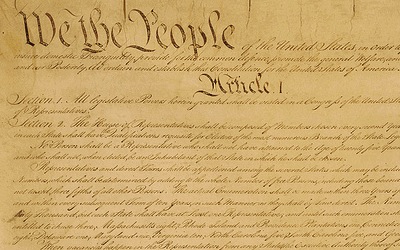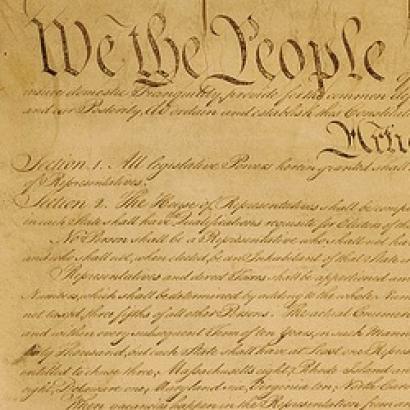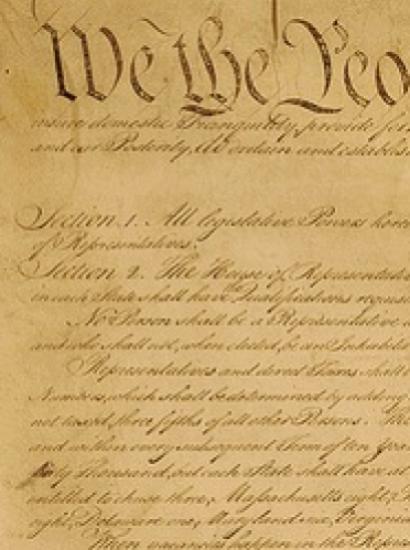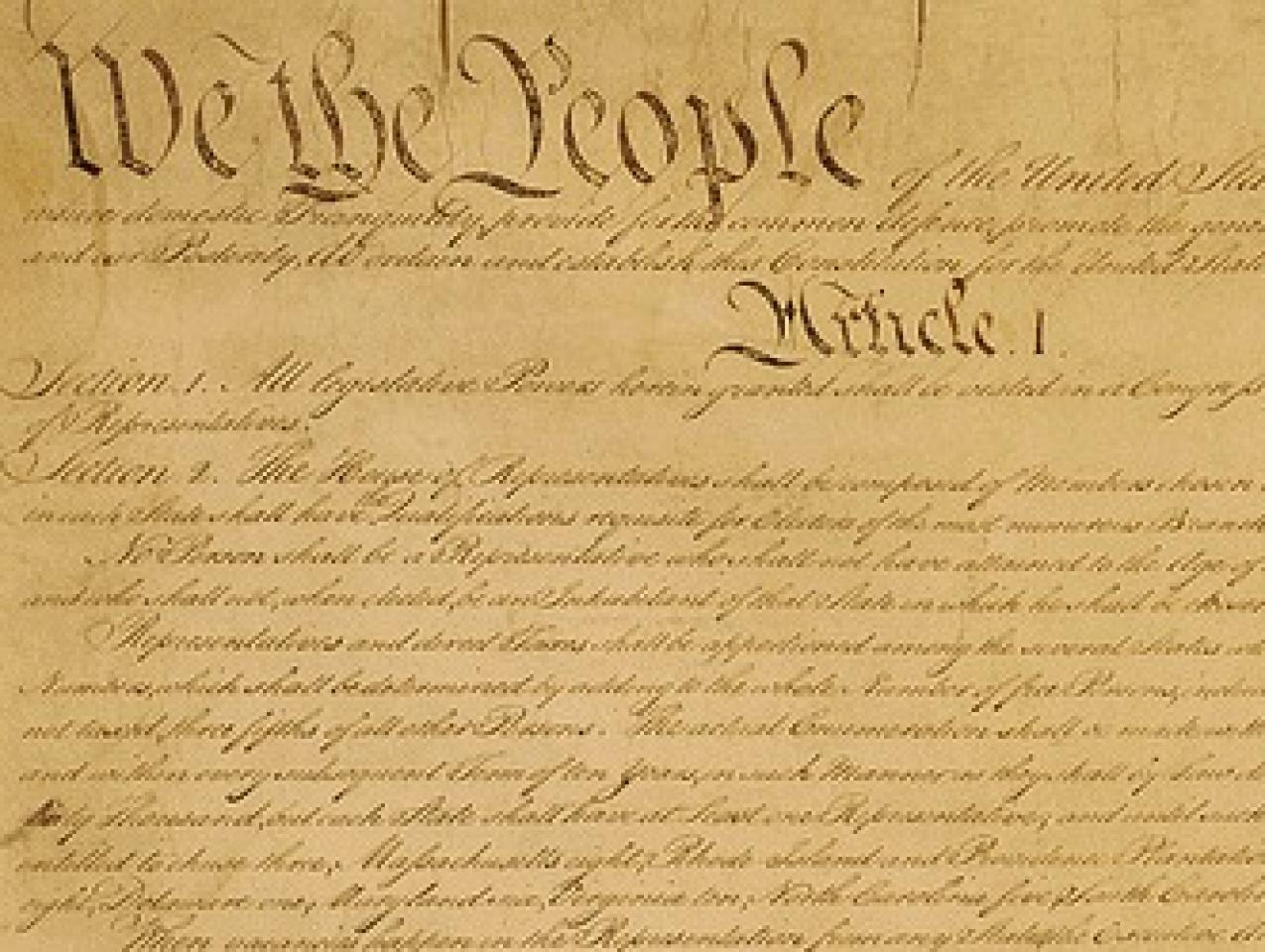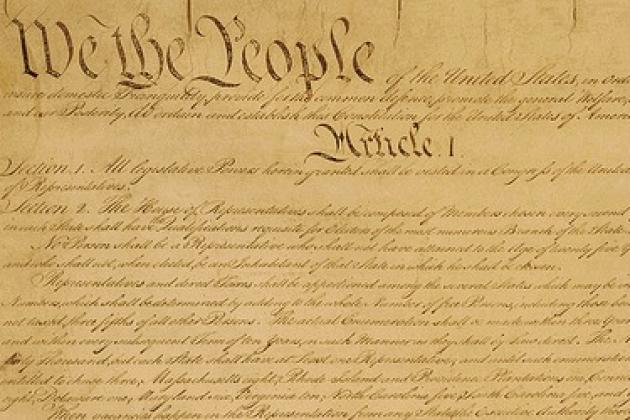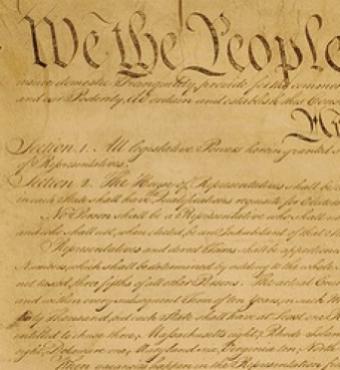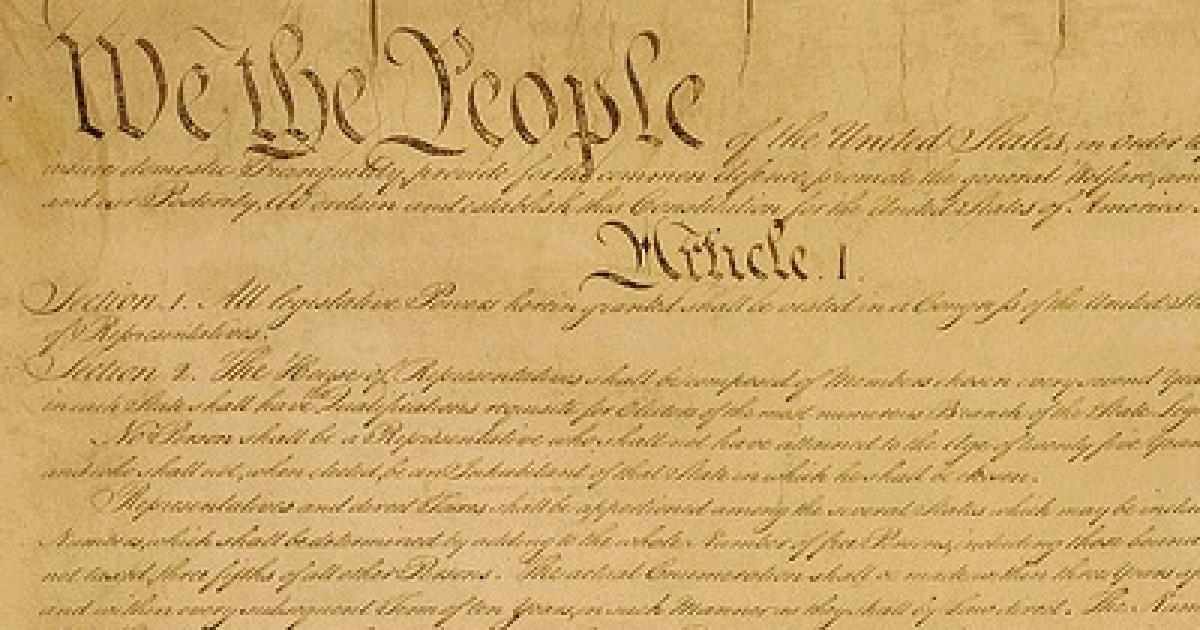- Law & Policy
- Regulation & Property Rights
The single most important fault line in American constitutional law dates back to 1937. In that year, the Supreme Court granted several important victories to the progressive movement, which in the first third of the twentieth century displaced the more classical liberal movement of the so-called old court. The bedrock assumption of the progressives was that a combination of inclusive democratic politics and administrative expertise could forge a more prosperous economy while simultaneously reducing the economic gulf between the rich and the poor. To reach their goals, the progressives needed to win on two key constitutional issues. The first was a broad reading of the “commerce clause”—“Congress shall have the power . . . to regulate commerce with foreign nations, and among the several states, and with the Indian Tribes”—so that virtually all productive economic activities, from agriculture and manufacturing to transportation and communication, would become subject to centralized regulation from the national government. The second was to narrow the scope of economic liberty and private property so they could not block the will of the administrative state.

In my first encounter with progressive thought in college and law school in the 1960s, I thought that the progressive agenda was unpersuasive, both for its cavalier disregard of specific constitutional texts, and for its uncritical embrace of large government. I fancied myself a libertarian who insisted that the sole function of government was the control of force and fraud. Over years, my position evolved toward classical liberalism, which regards it as proper for government to also supply public goods like courts and infrastructure, to regulate monopoly, to tax to raise general revenues, and to use its eminent domain power to acquire specific assets needed for public use. My objective was to take the middle path between anarchy on the one side and state domination on the other. Classical liberalism stands in opposition to both hard-core libertarian minimalism and the unbounded progressive state. My new book, The Classical Liberal Constitution: The Uncertain Quest for Limited Government, offers a comprehensive synthesis of the common law origins of individual rights, the key provisions of the United States Constitution, and the classical liberal theory that undergirds both.
Cass Sunstein and The New Republic
One person who has long appreciated the various nuances of my intellectual odyssey is Cass Sunstein, my former colleague at the University of Chicago. His thoughtful review of my book in The New Republic carries two eye-popping titles. In the print version it reads: “Tea Party Constitutionalism: The unexamined dogmas of the libertarian right.” The online title, with its mix of flattery, condescension, and denunciation, is probably worse: “The Man Who Made Libertarians Wrong About the Constitution: How Richard Epstein’s highly influential, highly politicized scholarship cemented Tea Party dogma.” I am confident that the editors of The New Republic chose both these inflammatory title to discredit my book to its readers. The magazine has little patience for the Tea Party, whose own website exhibits a hard-hitting style of politics that is at sharp variance with my own more cerebral approach. It is easy for them to debunk my book for its supposed Tea Party connections.
There is, of course, a complete disconnect between the inflammatory titles and the article that follows. To his credit, Sunstein’s review goes to great pains to trace out the evolution of my intellectual approach before criticizing it. As he notes, I do not come to constitutional law as a full time teacher of the subject who treats the Supreme Court as its intellectual epicenter. Rather, my view is that we can only understand and interpret the document by explicit resort to its common law, or judge-made, foundations of individual rights and their correlative duties. One strong focus of the common law is on two-person disputes: A has hit B, or C has not kept his promise to D. In these cases, the equities between the parties loom large relative to the litigation costs needed to resolve them. Accordingly, a libertarian framework that prohibits the use of force and fraud and prizes voluntary cooperation helps us analyze particular cases.
Eventually, however, we must move beyond two-party disputes to those legal conflicts that implicate large numbers of people. Consider, for example, the case of pollution, a common form of nuisance, which may come from many sources and harm many people simultaneously. When that happens, ordinary two-party litigation becomes too costly relative to the benefits it generates. As a result, well-crafted direct regulation steps in to control the harmful externalities from pollution at a far lower cost than individual lawsuits. At the same time, many forms of noise or odor pollution are both low-level and widely distributed, such that it is best to adopt, as I argued in 1979, “the live-and-let-live approach” that Baron George Bramwell articulated so brilliantly in his 1862 masterpiece in Bamford v. Turnley.
The logic behind Bamford was that each landowner was forced to relinquish some of his property rights against all neighbors, in exchange for which they had to release their rights of action against him. Each release from others thus supplied in-kind the just compensation needed to offset the loss of property rights, so that everyone was better off than before.
These forced exchanges for mutual benefit became, in my view, the calling card for collective action. The broad application of the just compensation principle thus supplied the intellectual bridge between private and public law. In the classical liberal framework the government could force exchanges of property rights so long as all parties were left better off than before. That principle is connected to welfare economics through the notion of Pareto improvements, which favor any social change that leaves at least one person better off and no one worse off. It also links to the just compensation provision of the Fifth Amendment, “nor shall private property be taken for public use, without just compensation.”
As I argued in my 1985 Takingsbook, the Fifth Amendment marks a major advance over standard Lockean theory, which sought to ground limited government in the notion of consent. But if individual consent is required for each government action, then the government is paralyzed. If the majority can wipe out the minority, then factions are given free rein. However, if you allow the government to take only if it supplies an equivalent to the property taken, then you neatly avoid the twin problems of holdout and expropriation. The link between public and private law thus runs through this middle way.
Classical Liberal or Progressive?
My classical liberal position forces progressive intellectuals like Sunstein to combat a foe that cannot be dismissed on the ground that it cannot account for the most rudimentary forms of legitimate government action. Sunstein himself, I believe, commits just this error in his 1999 book, with Stephen Holmes, The Cost of Rights: Why Liberty Depends on Taxes. That book offers an elegant explanation of why taxation is needed to provide for public goods like fire prevention and to enforce private rights, including those of contract and property. What is most interesting about their book, however, is that it does not identify any major intellectual figure who thinks that the optimal level of taxation is zero. Indeed, their one quotation from Friedrich Hayek, himself a defender of the flat tax, warned against the excesses of laissez-faire that Hayek found distasteful.
The classical liberal position similarly recognizes the necessity of taxation along the lines found in the United States Constitution. Classical liberalism and the Constitution also both address the question that Holmes and Sunstein avoid in their book: What is the optimal form of taxation? Making the right choices requires a close study of the proper ends for taxation and of different types of taxation—income, real estate, sales, estate, and gift. In all cases, that search has a strong second-best flavor, because all taxes tend to distort the relative prices of the various goods and services subject to taxation.
Classical liberals tend to favor special assessments and user fees whenever individual benefits can be paired with individual burdens. Otherwise they gravitate to a single flat tax on income or consumption, on the ground that neither imposes any explicit limit on government revenues, but both reduce through their fixed forms the overall level of factional intrigue, which is magnified, for example, by blunderbuss egalitarian proposals such as those by Thomas Piketty.
What Constitutional Revolution?
Sunstein’s review never challenges any of the particular places where I claim that the classical liberal approach is superior to its progressive alternative, as both theories relate to government structure or individual rights. Instead, Sunstein notes that many contemporary thinkers have rejected my basic constitutional orientation. He even invokes the authority of Oliver Wendell Holmes, Jr. to push for popular democracy: “If my fellow citizens want to go to Hell I will help them. It’s my job.” After expressing some sympathy with some of my (unidentified) positions, he concludes emphatically that “a judicially engineered constitutional revolution is not what America needs now.”
The argument is too convenient to work. The general public is pessimistic about the current economic situation, and one progressive gimmick after another has not stemmed the retreat. Indeed, if Holmes were right, then the rights of the “discrete and insular minorities” could be trampled at will, both before and after the epic 1954 Supreme Court decision in Brown v. Board of Education.
So the question really is, which items should be left to political processes and which should not? On that score, Sunstein sometimes veers toward libertarianism, like when he writes in praise of Justice Anthony Kennedy’s 2013 Supreme Court decision in United States v. Windsor: “The word ‘dignity’ can’t be found in the Constitution,” and yet Windsor’s “insistence on human dignity as a constitutional value . . . stands at the heart of our longstanding commitment to equal protection of the laws.” One freewheeling constitutional revolution that Sunstein blesses—gay marriage—ultimately rests on the strong libertarian foundations that both Sunstein and The New Republic attack.
If it is possible to support constitutional revolutions that go against the weight of history and tradition, why not support a return to a classical liberal reading of the Constitution that has both strong textual and theoretical support?







